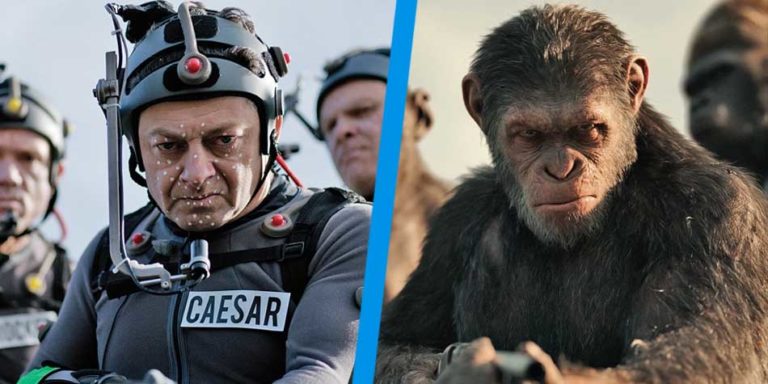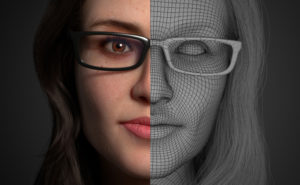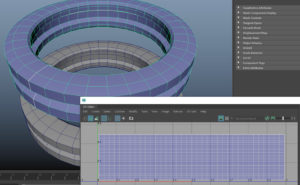What is CGI?
You’ve certainly heard the word “CGI” a lot and are probably wondering, “What is CGI in movies?” The term “computer-generated imagery” (CGI) describes any type of computer-generated image used to demonstrate or show data in an innovative way. CGI is used to describe a wide variety of visual effects in the film and video gaming industries. Also, CGI is another name for 3D rendering or imaging. In movies, television, and video games, CGI typically refers to the 3D computer graphics used to create characters, scenes, and other special effects. Additionally, this technology is utilized in virtual reality, architecture, engineering, and even the arts.
Also Read: Best 3D Modeling Software 2022 Free and Paid
What are the Different Types of CGI?
Static images and landscapes
One of the uses for CGI is to deliver static images and landscapes. As part of computer-generated imagery, computer algorithms are also employed to create natural-looking landscapes (such as fractal landscapes) and moving images.
Cloth and Skin Images
CGI is used to create images of clothing and skin. In addition to their use in movies, advertising, and other forms of public exhibition, leading fashion design businesses now frequently use computer-produced apparel representations.
Computer Animation
Computer animation is a type of CGI, it applies to dynamic images that look like a movie. The term computer animation often refers to dynamic graphics that do not allow for human interaction.
Virtual world
A virtual world refers to a simulated environment where users can interact with animated characters or with other users by using avatars, which are animated characters. Typically, these avatars are represented graphically in two dimensions or three dimensions.
Who Invented CGI in Movies?
In reality, CGI is the result of extensive academic study, covert government research, and the personal study of a select group of people. John Whitney and Larry Cuba, two of the most well-known individuals, were amongst them. Whitney was the first to recognize that the anti-aircraft turret technology might be used to map points on a Cartesian field. Whitney and Cuba were finally able to put their bold ideas to the ultimate test after eventually getting to acquire some of these devices as army surplus. They were the first to use the term “motion control,” and these “cam machines” allowed them to work together on the first geometric, digital CGI projects.
What was the First Major CGI Movie?
Usually, Westworld is at the top of the list when discussing films that revolutionized special effects. The reason this movie is significant is not that it features some of the best CGI effects but rather because it marked the beginning of the usage of cutting-edge CGI software for movies .

To demonstrate to the audience how robots could see, the scene included a “Gunslinger” vision. The viewers were so impressed by the movie, containing these innovative visual effects, that it sparked a sequel, Futureworld, in 1976. The sequel, Futureworld, also made history by becoming the first motion picture to include a CGI-rendered 3D object (which was actually created four years before its 1976 release).
When was CGI First Invented?
During the 1940s we saw the start of early experiments with computer animation and graphics. John Whitney, a pioneer in digital art and animation, took the lead and used specifically designed devices made from WW ll anti-aircraft technology to test out mechanical animation techniques. To create the animated opening scene for Hitchcock’s Vertigo, John Whitney worked with graphic designer Saul Bass (1958).
Elements from the opening sequence, created by Saul Bass, match the themes of the film. In the opening sequence, there is a prominent spiral element that corresponds to the staircase that causes Scottie’s vertigo.
Also Read: How to Use Lumen in Unreal Engine 5
What are Three Movies that Use CGI?
Jurassic Park (1993)
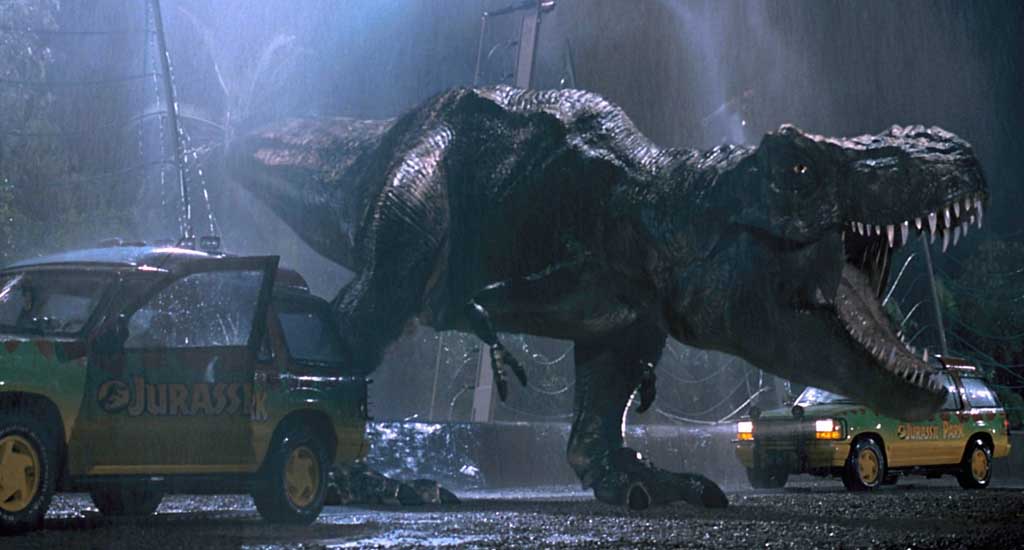
The dinosaurs in “Jurassic Park” remain one of Industrial Light and Magic’s most notable accomplishments. Due to the realistic appearance of the CG, George Lucas decided to make the “Star Wars” prequels. The majority of the film’s special effects were created with animatronics, but even the brief (four minutes) use of CGI (computer-generated imagery) contributes significantly to the narrative. It is proof of how powerful CGI can be when utilized efficiently.
The Matrix (1999)
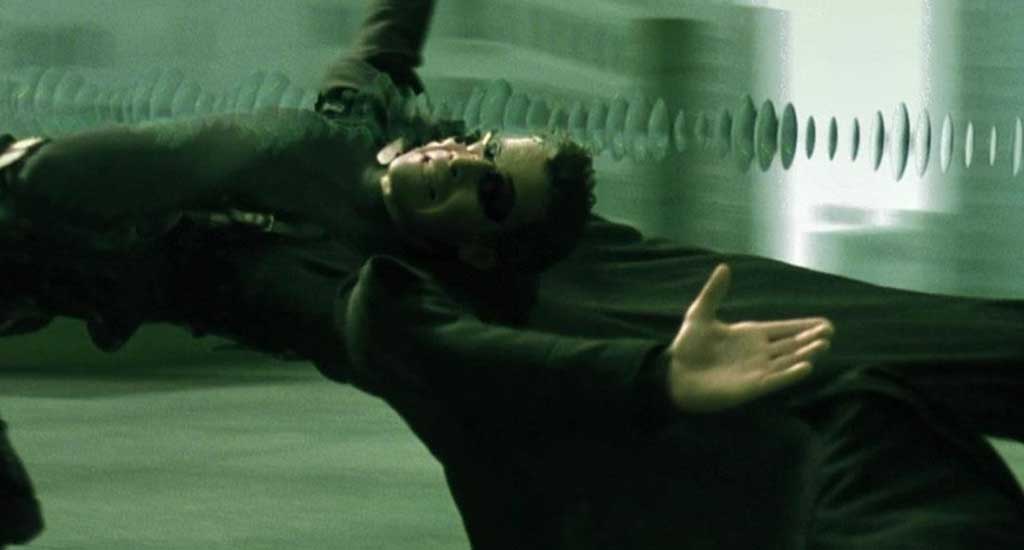
The Matrix was one of the first famous movies to use a “green background.” The numerous special features, whose production would be impossible without 3D CGI, are so numerous that it is barely necessary to mention them. They changed how action movies are shot now. As an illustration, consider scenes where time moves slowly and bullets fly by.
Avatar (2009)
There was “Avatar” before “The Jungle Book,” “The Lion King,” or any other live-action remakes. The movie was shot in 3D and contains around 70% CGI. It is still recognized as one of the most expensive films ever made and one of the best CGI applications ever.
Do All Films Use CGI?
To a large extent, CGI has become standard in today’s feature films. In today’s world, it’s impossible to find a single pixel that hasn’t been altered by computer graphics. For reference, more than 2,200 CGI shots were used in the making of The Avengers. Also, there were 2,750 shots in Guardians of the Galaxy that were created entirely via computer animation.
At the same time, CGI is used in technically all genres of movies. Both period pieces and science fiction blockbusters use CGI today. It can be used to keep the backdrop surroundings of a period drama consistently populated with buildings, people, and vehicles and to fill locales with time-specific features. Nearly everything you see in a sci-fi blockbuster, including the actors, sets, and special effects, may have been created entirely or in large part with computer animation.
Also Read: CG Artwork Artist Skills, Tools, Salary, and More
Why is CGI Good for Movies?
In movies, CGI can be used as a basic upgrade, such as adding layers of fog to the skyline or towers to improve the layout of a city. It can also be utilized to produce unearthly effects and push the boundaries of filmmaking if done right. CGI can be used to create a completely artificial character, such as an extraterrestrial or a completely manufactured space backdrop with planets.
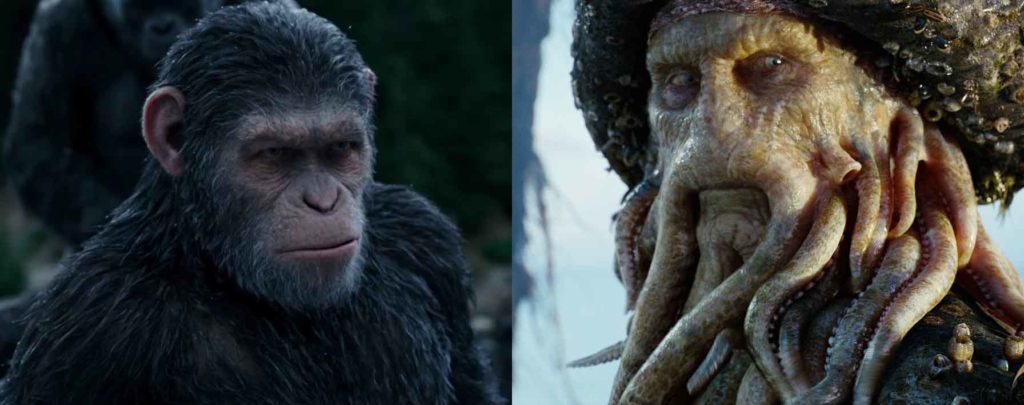
Filmmakers aren’t afraid to use CGI when reality falls short of their expectations. CGI can be used in any case where performing something in real life is either impossible or unsafe for your crew and on-screen talent. If you can imagine or fathom it, chances are you can create it with CGI.
What are Other Applications of CGI Imagery?
Aside from its ability to captivate people in a narrative sense, CGI may also be used in a variety of practical applications.
- Real Estate CGI: Instead of a physical tour, realtors and property owners can utilize a rendered 3D CGI map of the homes and structures they want to promote. Prospective purchasers can investigate the model on their own PCs.
- While CGI simulation has long been utilized as a training tool for prospective doctors and surgeons, virtual reality and growing technology are making things like robotic surgery more commonly available.
- CGI in place of actors: CGI can temporarily fill in for an actor’s performance if they can no longer do so because of unavoidable reasons. While CGI can’t entirely take the place of an actor or their imaginative acting choices, it can nevertheless be helpful to filmmakers in a hurry.
- Video game CGI. In video games, CGI is utilized to create worlds and characters, resulting in an extremely immersive experience. Adding a virtual reality component to the mix will only enhance the user’s experience.
Where Can CGI Go Wrong?
The issue is that as CGI for movies gets better, so do the audience’s expectations. The audience now serves as critics, able to point out the CGI team’s mistakes at any juncture. The Uncanny Valley effect can be caused by unrealistic or poorly managed computer-generated visuals. This effect relates to the human ability to distinguish things that resemble humans but are slightly off.
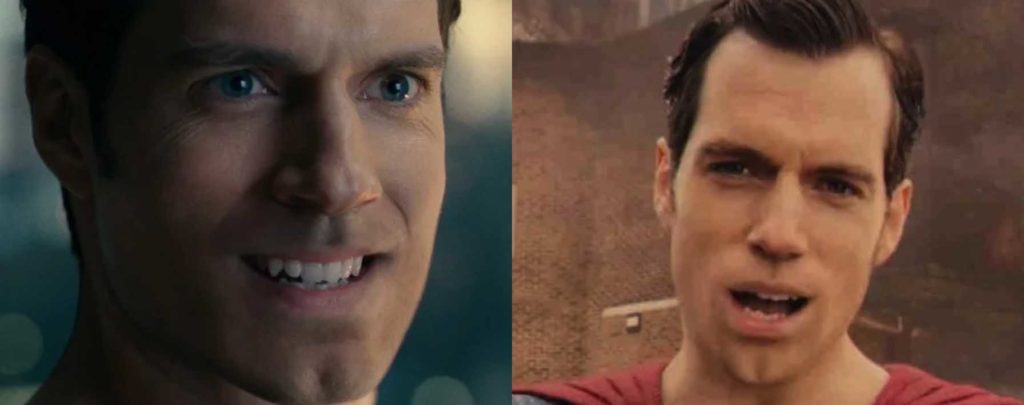
Such ability is a flaw in standard computer-generated imaging, which, because of the intricate architecture of the human body, frequently fails to mimic it properly. The goal of CGI should be to enhance the realism of a stunt or effect. When we see effective CGI, we shouldn’t immediately recognize it as such. It shouldn’t even register with us. It has to be so authentic and grounded that it draws us into the story rather than detracting from it.
Also Read: Best New Features of Unreal Engine 5 + Requirements
What is the Best CGI Animation Software For Beginners?
These are options for you, whether you want to invest in something a little more specialized or want to try out some free animation software before spending any money. Here are the top CGI Animation Programs for Novices.
- Blender: It is a thorough, open-source program that includes everything from simple video editing to more difficult commands. This includes features like color grading and simulation effects like fire, and fog. It also has animation and rigging tools that let you create models, animate them, and render them, as well as a built-in video editor for missions that require more intricate technical tasks.
- Adobe Animate is a fantastic 2D animation program choice if you want to make a traditional cartoon. With the help of this software, you may animate using a variety of methods, such as puppet animation, which lets you control a figure rig without having to build it from scratch, and frame-by-frame, hand-drawn animation.
This article has explored the question, “what is CGI for movies” by delving into the various aspects that make up computer-generated imagery.
Abigeal is a professionally trained SEO copywriter, editor, and content marketing strategist with over 7 years of experience.
